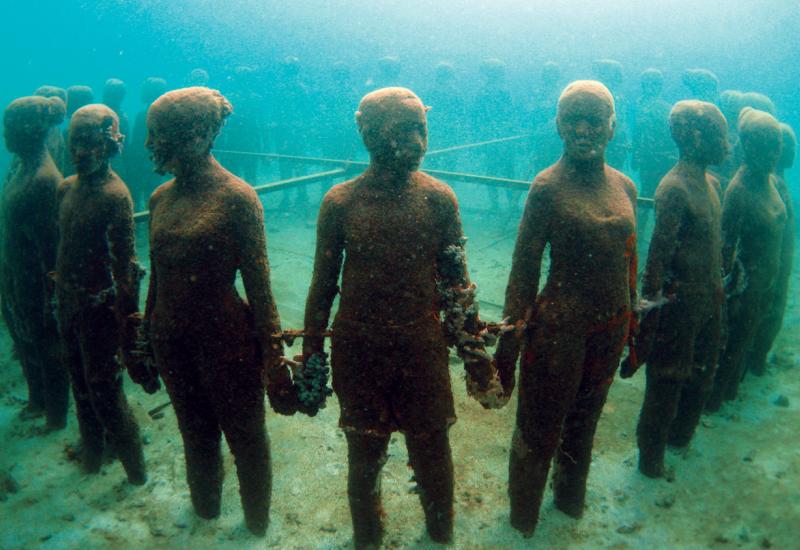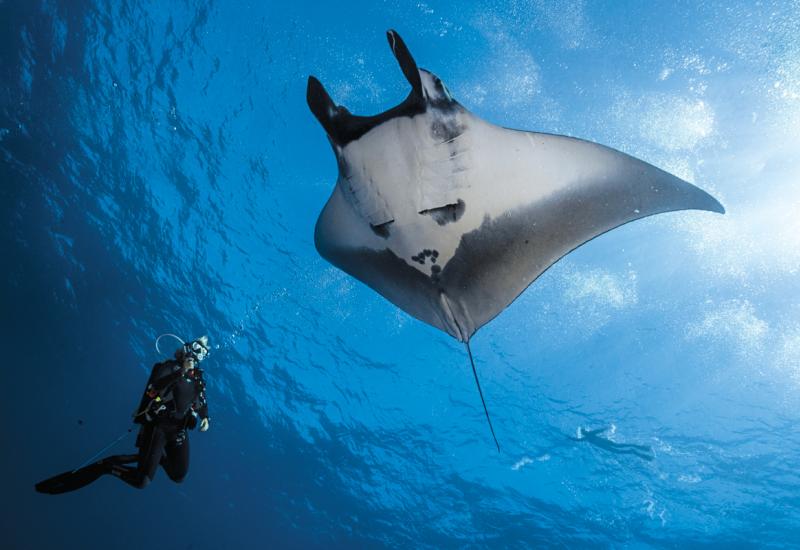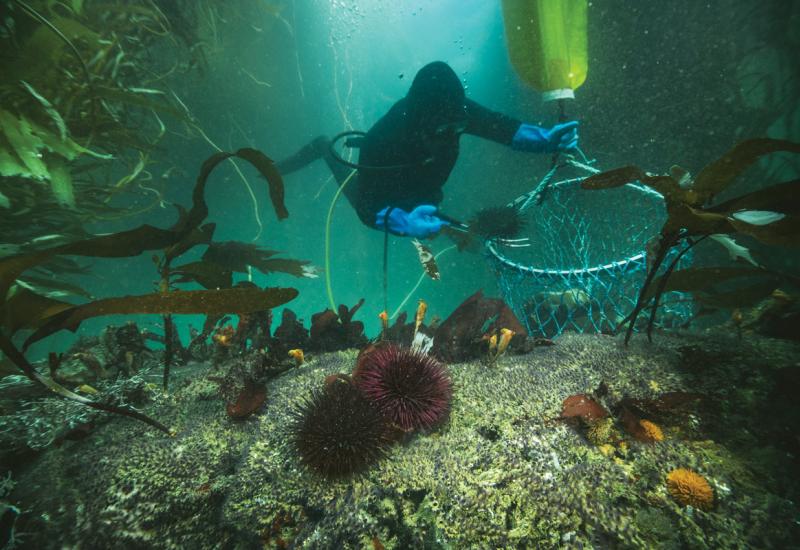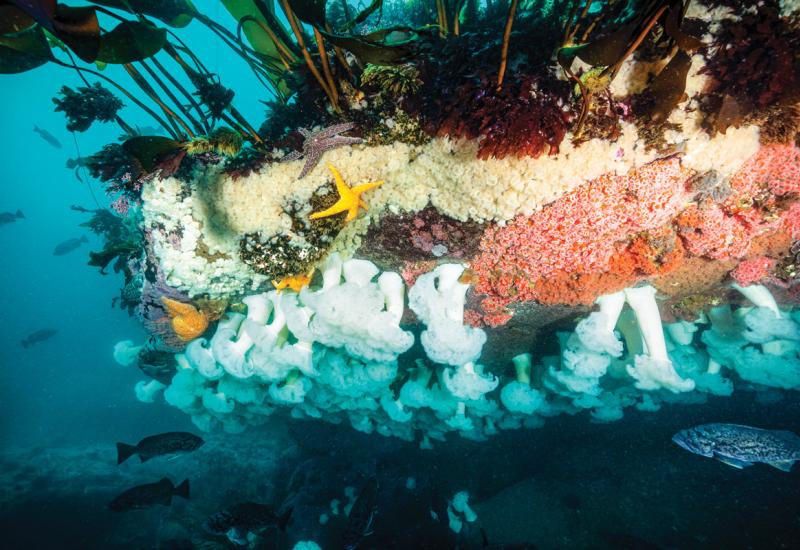Is California Kelp Making a Comeback?
Between 2014 and 2015, two warm water events swept the Pacific coast of North America. The first, nicknamed “the Blob,” affected mainly surface waters, but it was promptly followed by a mighty El Nino event that affected deeper waters. In Southern California, the double-dose of warm water brought a parade of fantastic marine creatures. Smooth hammerhead sharks, an occasional summer denizen, were present in such unusually high numbers that in-water encounters happened with regularity. Mobula rays and tuna crabs were reported on a weekly basis, with the occasional manta and whale shark thrown in for good measure.
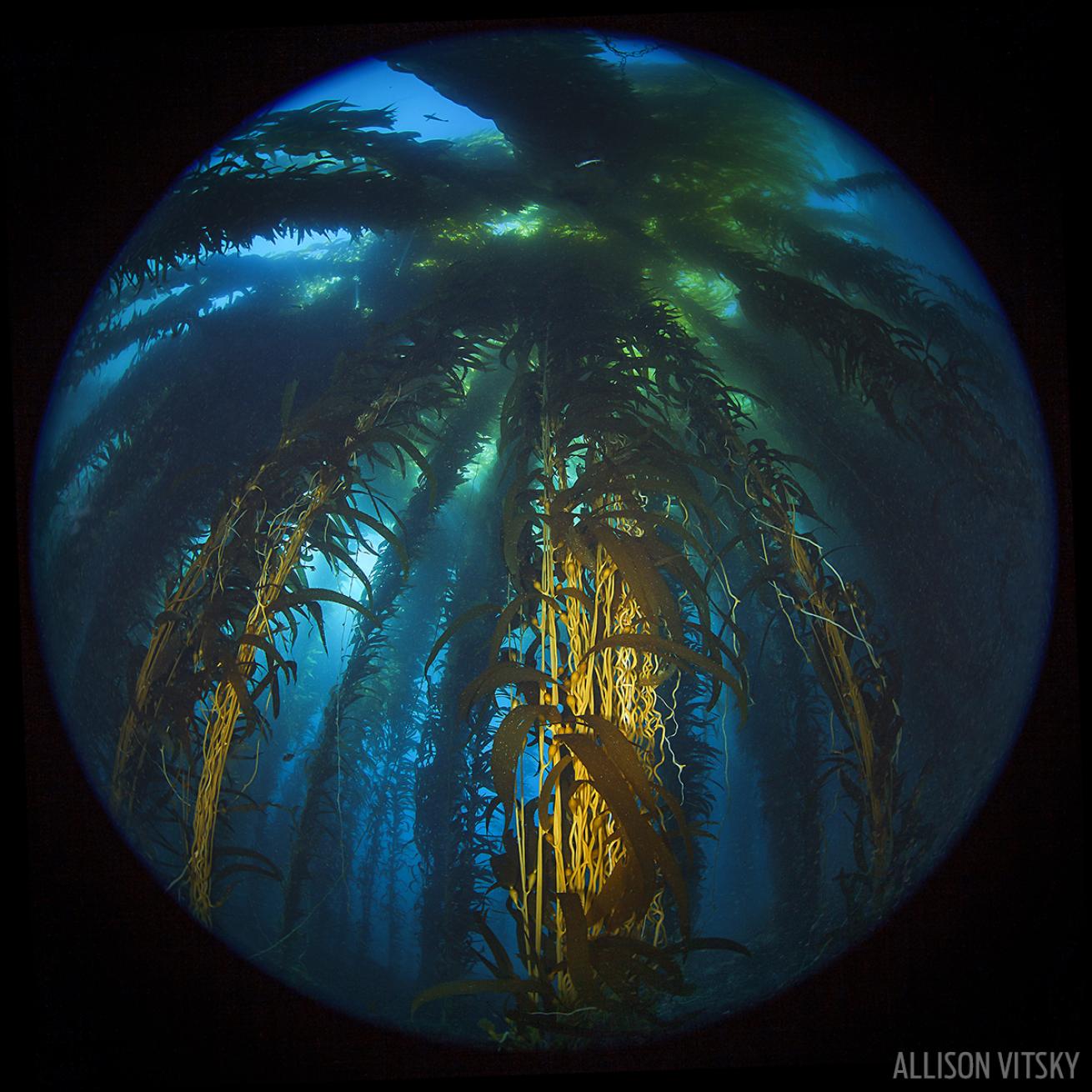
Dr. Allison Vitsky Sallmon
For most of 2015, we embraced the change: Visibility was phenomenal, wetsuits replaced drysuits as the local exposure gear of choice, and charter trips offshore became a wondrous parade of “what will show up next”? But as weeks turned into months, the negative effects of all that warmth became glaringly clear — once-familiar dive sites turned into bizarre, alien seascapes as cold-water species relocated or died back. Our favorite California sea lion rookery, normally bustling with yowling youngsters, was nearly vacant during pupping season. San Diego’s HCMS Yukon, known for its lush clusters of plumose anemones, became barren in many spots nearly overnight, the anemones unable to survive the abrupt increase in temperature. And our iconic giant kelp beds, already weakened by the invasive algae Sargassum horneri and an overgrowth of predatory purple sea urchins, were so devastated by warm water that finding a site with intact kelp became a brag-worthy accomplishment. Perhaps it was somewhat of a blessing when repeated strong Pacific storms, another characteristic of El Nino weather patterns, occurred during the winter of 2015-2016, wreaking havoc on marine conditions and preventing us from viewing the depressing scene.
However, things appeared to be changing in the spring of 2016, when the ocean calmed and Southern California divers began reporting cold – very cold – water temperatures. After one particularly brutal dive, I looked down to see that my computer had recorded a temperature of 46 degrees Fahrenheit, about 5 degrees lower than is typical at our coldest times of year. It came as no surprise when NOAA’s ENSO (EL Nino Southern Oscillation) website began to hint that the El Nino weather pattern could soon switch to a La Nina weather pattern — in other words, the “warm” phase might soon be replaced by a “cold” phase — and it was downright anticlimactic when June arrived and El Nino was finally declared over.
Soon thereafter, I revisited the Yukon and descended gamely near the propeller, afraid that I’d find the same stark metal I’d encountered in 2015. Instead, the structure was now thickly covered with healthy, colorful sponge and patches of jewel-colored Corynactis — so thickly covered, in fact, that I nearly overlooked a tiny pair of plumose anemones peeping out from the center.
The kelp situation, unfortunately, was still dire; almost any kelp that had survived the warm water had been torn out by winter storms. I found myself venting in frustration to local marine biologist Nancy Caruso — as the director of the Giant Kelp Restoration Project and the founder of Get Inspired, Inc., I guessed she’d be equally discouraged. I couldn’t have been more wrong. “My money is on the kelp,” Caruso said. “I have faith in Mother Nature; she is amazing at what she does. The ability for ecosystems to bounce back is tremendous.”
In August, it became clear why Caruso is the marine biologist and I’m not: On a dive at Santa Barbara Island, I swam through a lush, pristine kelp forest where Sargassum-covered rocks had recently dominated the scene. As I watched a gang of juvenile sea lions chasing a swirl of mackerel, I’ll admit I felt my eyes well with tears. This was reason to be hopeful, and I hold that hope dear.

